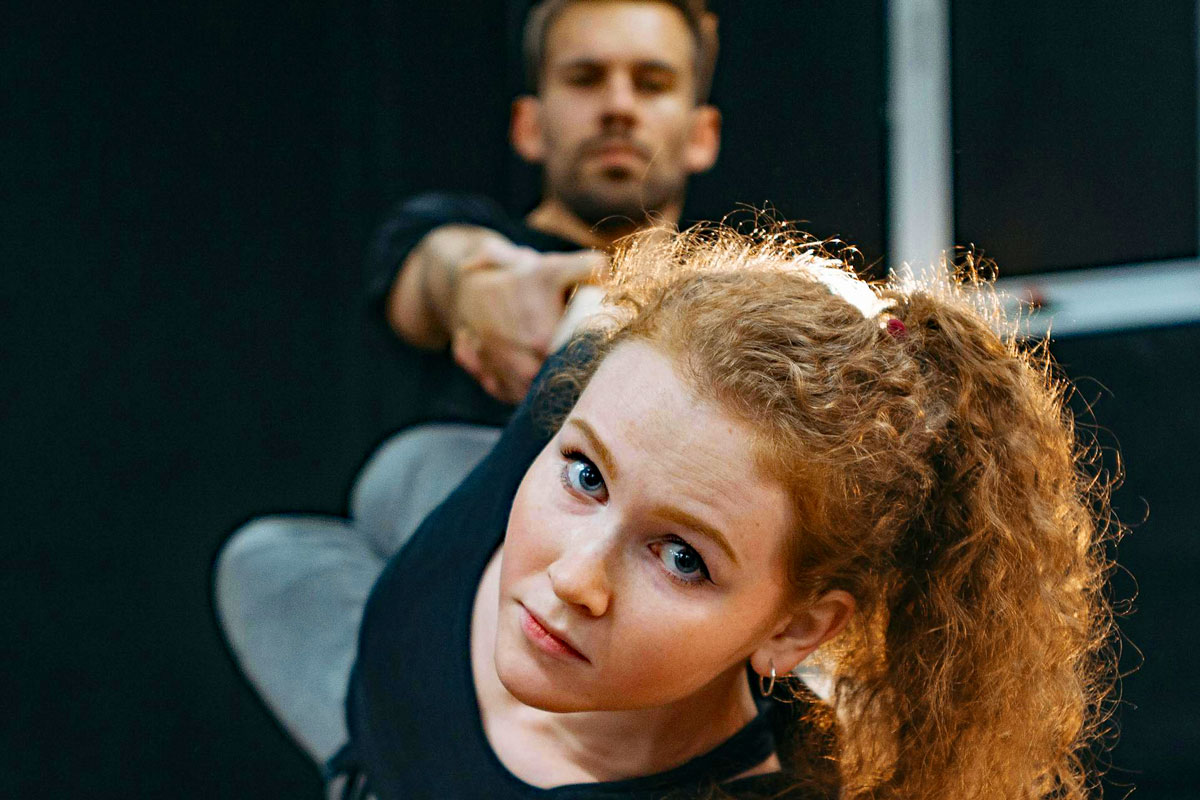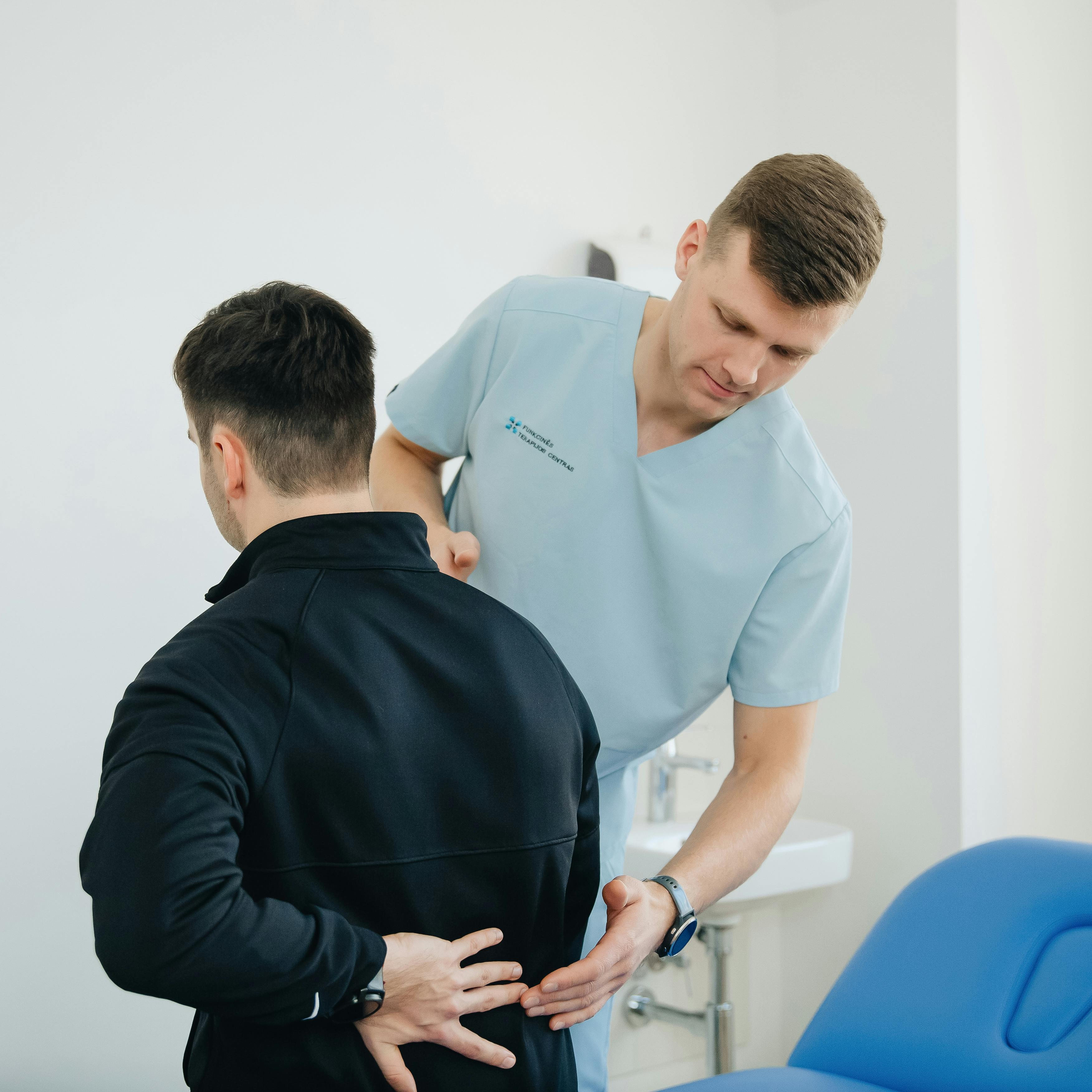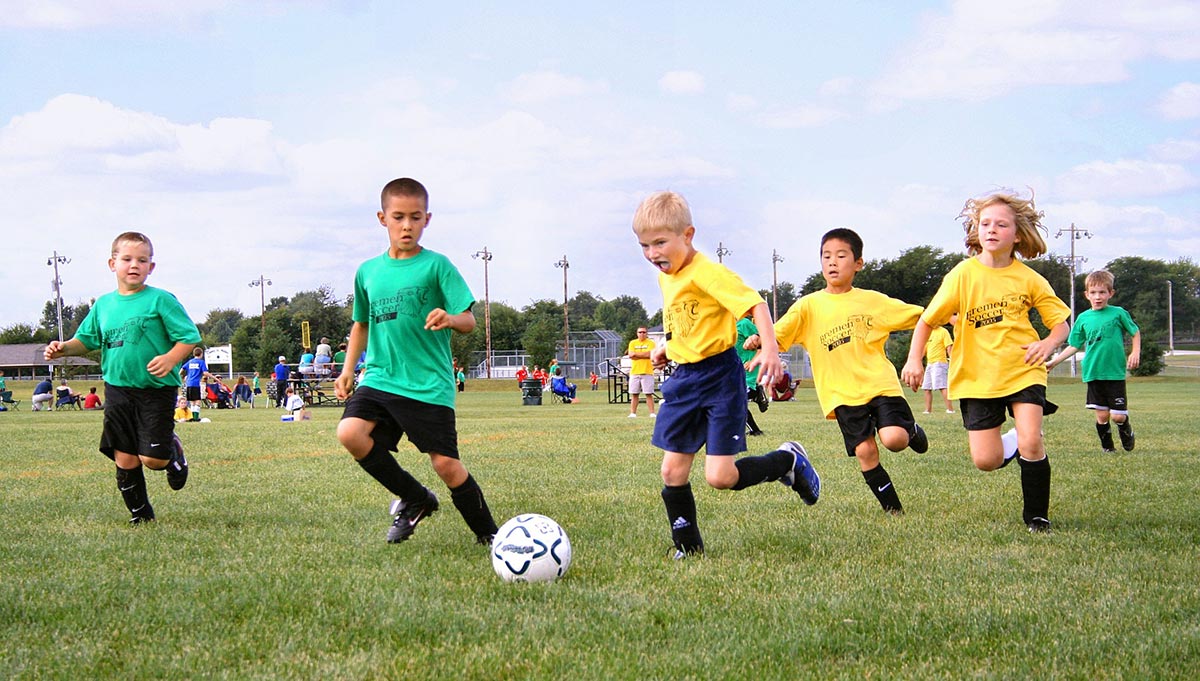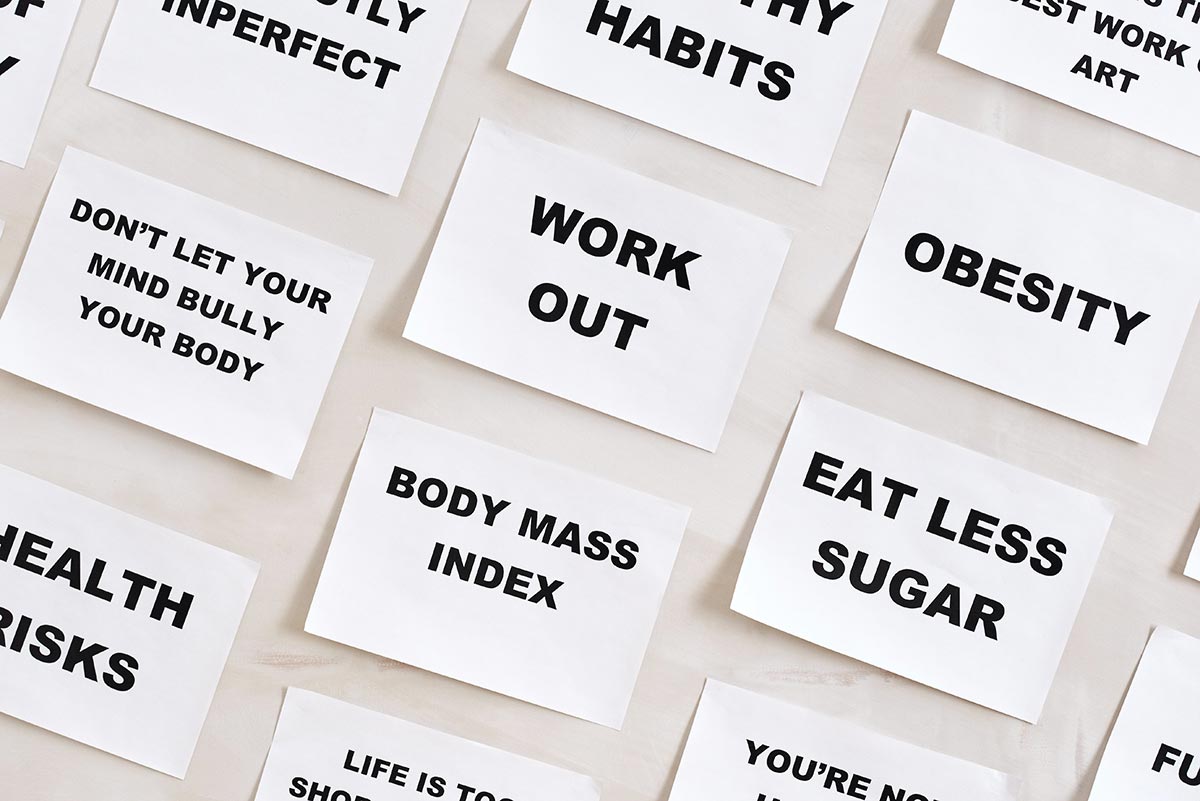Core training has become a central focus in fitness, but it is far from a fleeting trend. A strong and stable core serves as the foundation for nearly all functional movements, athletic performance, and injury prevention. Yet, misconceptions about core training persist, leading to inefficient practices and even potential harm. Understanding and implementing proper core training techniques can unlock significant benefits for your fitness and overall well-being.
What Is Core Stability?
Core stability refers to the ability to maintain control of the position and movement of the trunk over the pelvis. This is crucial for transferring force between the upper and lower body, providing a stable base for motion, and protecting the spine from injury. The core is not limited to the visible "six-pack" abs; it includes deep stabilizing muscles such as the transverse abdominis, multifidus, pelvic floor muscles, and the diaphragm. These muscles work in harmony to stabilize the spine and pelvis during dynamic movements.
Why Core Stability Matters
Core stability is essential for more than just athletic performance. It plays a critical role in everyday movements such as lifting, bending, and twisting. Poor core stability can lead to compensatory movement patterns, increasing the risk of injuries, particularly in the lower back. A strong core also enhances balance, posture, and overall functional strength.
Posture: The Starting Point for Core Stability
Establishing proper posture is the first step in achieving core stability. Begin by aligning your body in a neutral position:
- Keep your head neutral, avoiding excessive tilting or forward thrusting.
- Maintain a proud chest with shoulders down and back.
- Align your hips level with a slight curve in the lower back.
- Ensure your belt line is parallel to the ground or slightly tilted downward.
To assess your lumbar spine's arch, place your hands on your lower back with your fingers pointing towards the center and thumbs on your hips. Arch back slowly while observing the muscle relaxation and contraction in the lower back. Find the midpoint where the muscles relax, and maintain this position as your neutral perfect posture. This alignment forms the basis for safe and effective core training.
Effective Core Training Techniques
Engaging the Core
Before performing any exercise, it's essential to activate your core properly. Imagine pulling your navel towards your spine without holding your breath. This action, known as bracing, engages the deep stabilizing muscles, creating a solid foundation for movement.
Planks & Dead Bugs
The plank is a fundamental core exercise that emphasizes stability and endurance. Ensure your body forms a straight line from head to heels, with elbows positioned directly under your shoulders. Avoid sagging hips or a high back arch, as these can strain the lower back. This exercise targets the deep core muscles and improves coordination. Lie on your back with your arms extended towards the ceiling and knees bent at a 90-degree angle. Slowly lower one arm and the opposite leg towards the ground while maintaining a neutral spine. Return to the starting position and alternate sides.
Anti-Rotation Exercises - Dynamic Movements
Anti-rotation movements, such as Pallof presses, challenge the core's ability to resist rotational forces. Use a resistance band anchored at chest height, and hold it with both hands. Extend your arms straight out while keeping your torso stable, then return to the starting position. Incorporating dynamic movements like medicine ball throws or cable woodchoppers trains the core for real-world activities. These exercises mimic the twisting and rotational forces often encountered in sports and daily life.
Common Mistakes in Core Training
Many individuals fall into the trap of isolating the rectus abdominis (six-pack muscles) through excessive crunches and sit-ups. While these exercises have their place, they do little to improve functional core stability. Avoid over-reliance on isolation movements and focus on exercises that engage the entire core.
Core Training for Injury Prevention
A stable core reduces the risk of injuries by distributing forces evenly across the body and preventing compensatory movements. This is particularly beneficial for individuals with a history of lower back pain. Incorporating core stability exercises into your routine strengthens the supporting muscles, alleviates strain on the spine, and enhances overall resilience.
Progression and Adaptation
As with any fitness regimen, progression is key to continued improvement. Gradually increase the intensity and complexity of your core exercises as your strength and stability improve. Introducing instability, such as using a stability ball, can further challenge the core and promote neuromuscular coordination.
The Expert's Perspective and Final Thoughts
Chris Collins, a seasoned strength and conditioning specialist, emphasizes the importance of core training as a cornerstone of injury prevention and performance enhancement. "Core stability is not just about aesthetics; it's about creating a strong foundation for movement. By prioritizing core training, you can unlock your full potential while minimizing the risk of injury," Collins explains.
Core stability and core training are fundamental to achieving a balanced, strong, and injury-resistant body. By focusing on proper posture, engaging deep stabilizing muscles, and incorporating functional exercises into your routine, you can build a core that supports your fitness goals and enhances your quality of life. Remember, the key to success lies in consistency, progression, and a commitment to mastering the basics.
For personalized guidance, consider consulting with a certified strength and conditioning specialist like Chris Collins, who can tailor a program to your specific needs and goals.












